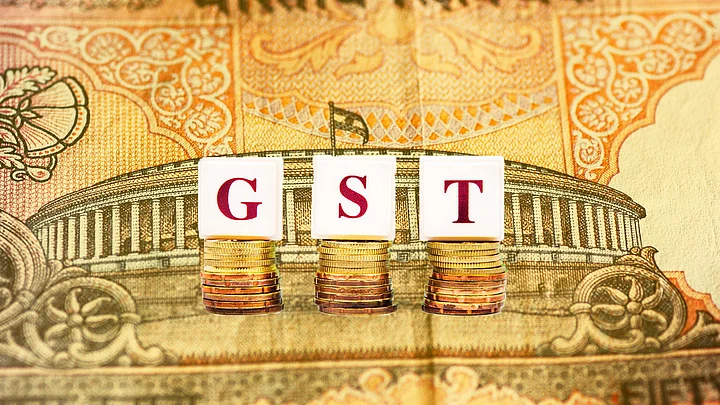Exactly two years ago, on 19 December 2014, The Constitution (122nd Amendment) (GST) Bill, 2014 was introduced in Parliament for the first time. Since then, the legislation which seeks to create a common national market and lower barriers for trade and services in India has gone through myriad discussions. This includes scrutiny and discussion by a Select Committee of Parliament on which I served.
After a two-year long travel of twists, turns and politics, this constitutional amendment was finally passed in August this year and was given presidential assent on 8 September. Three months on, we stand at the cusp of realising the goal of having a common Indian market and the economic opportunity that the Goods and Services Tax (GST) represents.
Consensus, Fleeting And Fragile
There has, thus far, been a genuine sense of consensus around this effort. That is why purists amongst economists still refer to the emerging GST as not ideal.
Ideal or not, it is clearly a start. The central government has worked hard to build consensus with the states. This was evident when the government addressed the need to have dispute resolution in the law. The Centre also dropped the 1 percent inter-state tax which could have caused distortions and have a cascading effect. Both were issues raised by the Opposition.
Going into the recently concluded winter session of Parliament, media reports had suggested that the all-powerful GST Council had resolved all issues except the carve-out of state administered businesses.
And so it was expected that three GST bills - the Central GST Bill, the State GST Bill and the IGST Bill - would be debated and passed in this winter session.
As has been the case with GST all along , the progress made in the GST Council had flattered to deceive.
The political consensus that held up as the backbone of the progress so far, disappeared due to post-demonetisation politics. The GST Council is now at odds on the states’ demand of exclusive control over assessees of Rs 1.5 crore and below.
The central government is keen on having a vertical division where the entire taxpayer base is divided between the Centre and the states - in a particular ratio for three years - for all purposes including audit. The government’s deadline of 1 April 2017 is now at risk as a result of this deadlock.
GST Rollout Deadline
As unlikely as it seems now, meeting this deadline is still possible. The GST Council has the period before the Budget Session of Parliament to resolve the deadlock. The bills can be introduced early in the budget session, which will begin towards the end of January 2017. I have said this earlier and am saying it again now, it is more important to move on this than look for perfection.
Every reform goes through a process of evolution and improvement. GST will do so as well, as it lays its roots and expands.
I believe that it is important for the GST Council to bear in mind that changes can be made to the GST structure in the future.
This can be done after assessing the initial impact on state revenues, with the availability of more data. These changes would streamline GST to make it more efficient and acceptable to all parties. The priority therefore must be to implement the GST by April 2017.
The last day to implement GST is also constitutionally defined. All existing central and state indirect tax laws will be void from 16 September 2017 - a year to the day the constitutional amendment for GST was notified in the official gazette.
As Finance Minister Arun Jaitley said after the last GST Council meeting, we don’t have the luxury of time. Since GST is a transaction tax, it can be levied, modified and implemented at any point during the year. It does not need to be brought in necessarily from the beginning of a quarter.
If the government is unable to meet the April 2017 deadline, there is still room till September 2017. But April remains the preferred approach, as a mid-year introduction could lead to some disruptions.
Money Bill?
There has been a lot of talk on whether the GST bills should be introduced as money bills or financial bills. The definition of a money bill has been laid down in Article 110 of the Constitution of India.
The GST bills fit the ambit of Article 110 (1) (a) which deals with the imposition, abolition, remission, alteration or regulation of any tax.
Introducing a bill as a money bill is the prerogative of the government of the day. The sole discretion on this lies with the Speaker of Lok Sabha. I do not see any discrepancy on this issue of GST being a money bill or not.
Politics has already delayed this reform for many years. The costs of this delay is real and significant. The annual opportunity cost, due to delay in implementing GST is $20 billion or more. These would be the most conservative estimates, and factor the potential 1-2 percent growth bump that GST is supposed to provide.
GST is a vital and important part of the Transforming India agenda. India’s politics must not come in the way.
(This story was originally published in BloombergQuint. The views expressed here are those of the author’s and do not necessarily represent the views of Bloomberg Quint or its editorial team.)
(At The Quint, we question everything. Play an active role in shaping our journalism by becoming a member today.)
